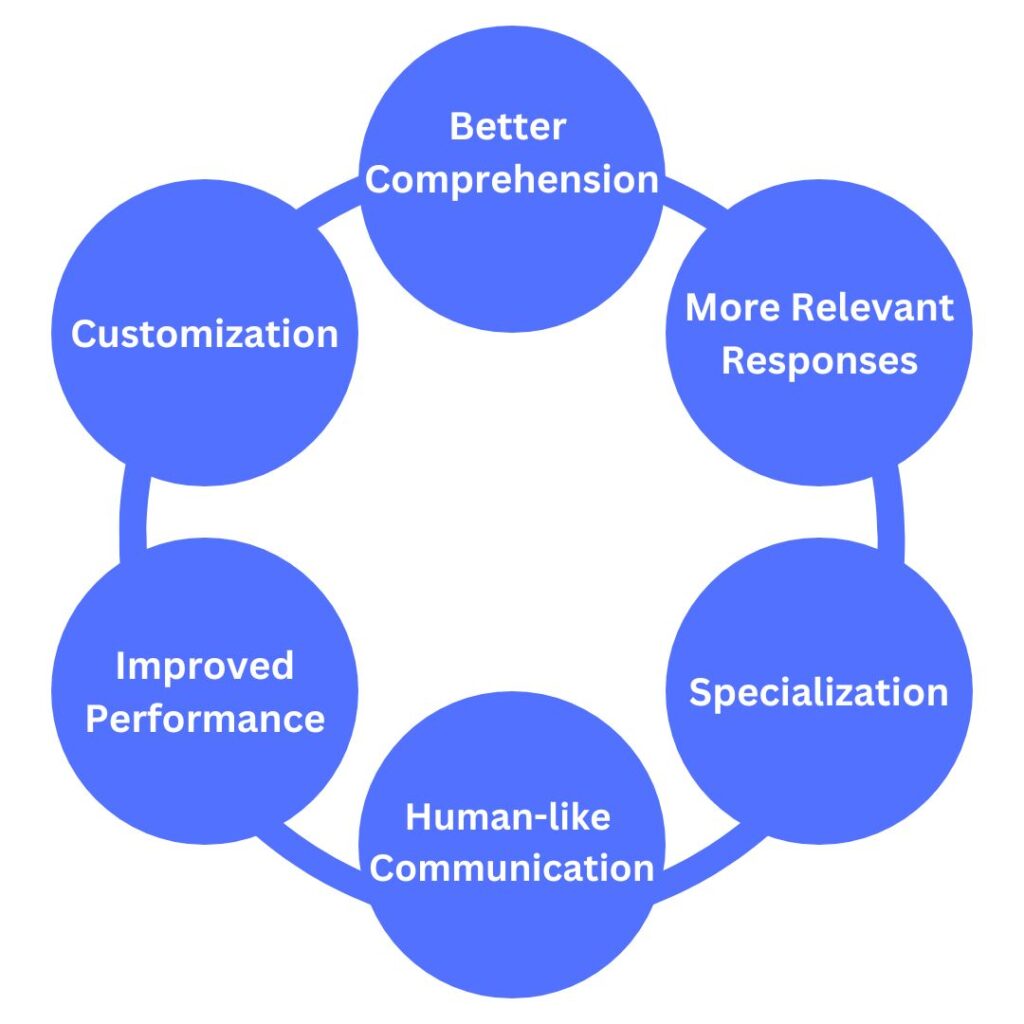Have you ever wondered how those amazing AI language models can understand and respond to your prompts so well? The secret lies in a process called “prompt tuning.”
Prompt tuning is a technique that helps fine-tune large language models for specific tasks by providing them with relevant prompts and examples. It improves their performance without needing to train them all over again.
This blog post will give you a beginner-friendly overview of prompt tuning, explaining what it is, how it works, and why it’s important for improving AI language models’ performance.
Table of Contents
- What is Prompt Tuning
- How Prompt Tuning Works
- What are the Benefits of Prompt Tuning
- Difference Between Prompt Tuning and Fine Tuning
- Instruction Tuning Vs Prompt Tuning
- FAQ’s
- Conclusion
What is Prompt Tuning

Prompt tuning is a way to make AI language models better at understanding the prompts or instructions given to them. Sometimes when you ask AI something, it doesn’t understand. That’s where prompt tuning comes in.
It works by taking a pre-trained language model and fine-tuning it on a dataset of prompts and desired responses. This helps the model to learn the specific patterns and meanings behind different types of prompts.
In simple terms, prompt tuning teaches the AI to become an expert in understanding the complexity of how humans phrase their queries and instructions. This understanding allows the AI to communicate more naturally and effectively with us.
How Prompt Tuning Works
Here is how prompt tuning works:
- Prompt tuning starts with a pre-trained language model that already knows a lot about language and communication.
- Then we create a dataset of example prompts and the responses we want the model to give for those prompts.
- Feed the prompt response pairs into the pre-trained model one by one.
- If the model’s response doesn’t match the desired output, then adjust the model’s internal settings to bring its output closer to the correct response.
- Repeat step 4 across the entire dataset, continuously fine-tuning the model’s weights until its responses become highly accurate for the specific types of prompts.
- Once trained on this specialized dataset, the model learns to recognize patterns and variations in those prompts.
- When given a new, similar prompt, the model can leverage its fine-tuned understanding to comprehend the intent better and provide a more relevant response.
In simple words, prompt tuning teaches the model to become an expert at understanding and responding to a particular category of prompts through repeated exposure and adjustment.
What are the Benefits of Prompt Tuning

Prompt tuning offers several important benefits that improve the performance and usefulness of AI language models. Here are some benefits of prompt tuning:
1. Better Comprehension
By training on specific prompts, the model learns to deeply understand the intent and meaning behind different query styles. This allows it to understand instructions and inquiries more correctly.
2. More Relevant Responses
With its fine-tuned grasp of prompts, the model can generate responses that are exactly customized to what the user is asking for, rather than generic outputs.
3. Specialization
Prompt tuning allows you to specialize a general language model for a particular domain or use case, making it an “expert” on those topics.
4. Human-like Communication
The tuned model understands prompts the way humans phrase them, enabling more natural conversations and interactions.
5. Improved Performance
By bridging the gap between AI and human language patterns, prompt tuning significantly boosts the performance and utility of language models.
6. Customization
You can create custom prompt datasets to tune models for your own unique applications, products, or services.
In short, prompt tuning supercharges language AI by teaching it to truly comprehend the nuances of how we communicate through prompts, resulting in highly relevant, human-like responses tailored to your needs.
Difference Between Prompt Tuning and Fine Tuning
While prompt tuning and fine-tuning may sound similar, they are two different techniques used to improve the performance of language models. Here is the major difference between prompt tuning and fine tuning:
Prompt Tuning:
- Only tunes the model’s understanding of prompts or instructions.
- The model’s weights are slightly adjusted based on a dataset of prompts and desired outputs.
- The goal is to teach the model how to comprehend different phrasing and query styles better.
Fine-Tuning:
- Tunes the entire model’s knowledge and behavior.
- A large portion of the model’s weights are adjusted during the tuning process.
- The goal is to specialize the model for a specific task or domain by retraining it on relevant data.
In other words, prompt tuning is like giving the model customized prompt comprehension lessons, while fine-tuning is akin to sending the entire model back to school for advanced specialized training.
Another key difference is that prompt tuning requires much less data and computing power compared to full model fine-tuning. You only need enough examples to cover the prompt variations you care about.
So prompt tuning allows you to quickly enhance a model’s prompt understanding abilities in a targeted way, whereas fine-tuning rebuilds the model’s core knowledge for broader tasks or use cases from the ground up.
Instruction Tuning Vs Prompt Tuning
Both instruction tuning and prompt tuning aim to improve how language models understand inputs but there are some differences between them. Here are some key differences between instruction tuning and prompt tuning:
Instruction Tuning:
- Focuses on enhancing the model’s comprehension of instructions or commands telling it to perform specific tasks
- The model is tuned using datasets containing instructions paired with desired outputs for that task
- For example, tuning it to better interpret instructions like “Summarize this text” or “Translate this to French”
Prompt Tuning:
- Focuses more broadly on the model’s understanding of all types of natural language prompts or queries
- Tuned using datasets of various prompts paired with relevant responses, not just task instructions
- For example, tuning it to understand open-ended questions like “What is the capital of France?”
So instruction tuning zeros in on making models better at interpreting and executing precise task commands. Prompt tuning takes a wider approach to enhancing general language understanding abilities.
Another difference is that instruction-tuning datasets tend to be more structured around specific tasks, while prompt tuning allows for more flexibility in prompt styles and formats.
The two techniques can complement each other – first prompt tuning for overall language comprehension, then instruction tuning for targeted task execution skills.
FAQ’s
Prompt engineering focuses on manually designing better prompts, while prompt tuning uses machine learning to fine-tune language models to better understand prompts.
You don’t need a huge dataset for prompt tuning. The amount of data depends on how many different ways you need the model to understand prompts.
In theory, you can prompt tune most pre-trained language models as long as their weights are accessible to be adjusted during the tuning process.
Conclusion
In conclusion, prompt tuning is a game changer in the world of AI language models. By fine-tuning models to really understand how humans ask questions, this method brings a new level of accuracy, expertise, and natural communication. As we’ve seen, prompt tuning is a powerful technique that can supercharge AI assistants, enabling them to understand and respond to our queries more precisely than ever before. The future of seamless human-AI interaction lies in mastering prompt tuning.


1 thought on “What Is Prompt Tuning, It’s Benefits & How Does It Works?”